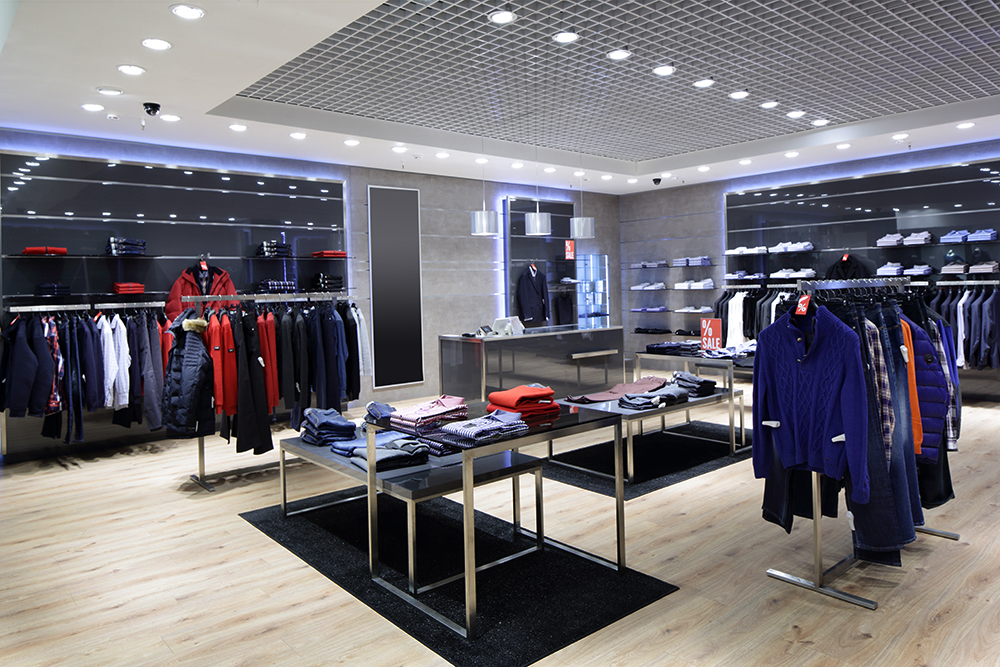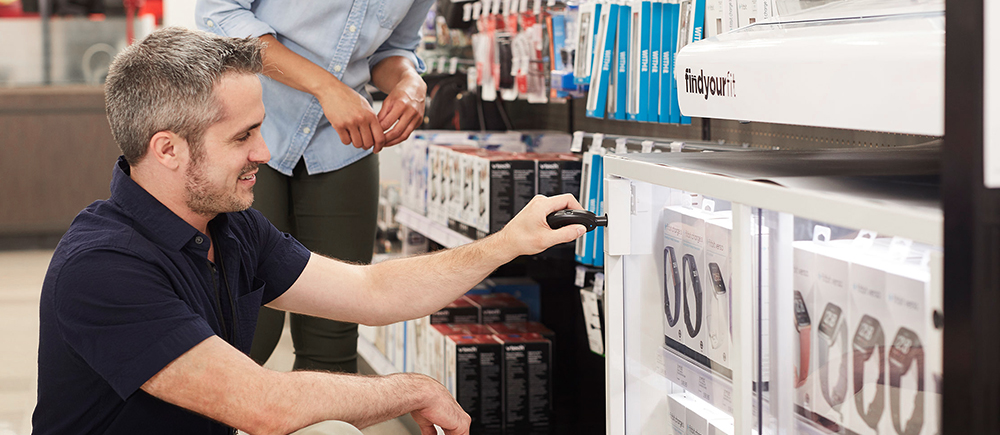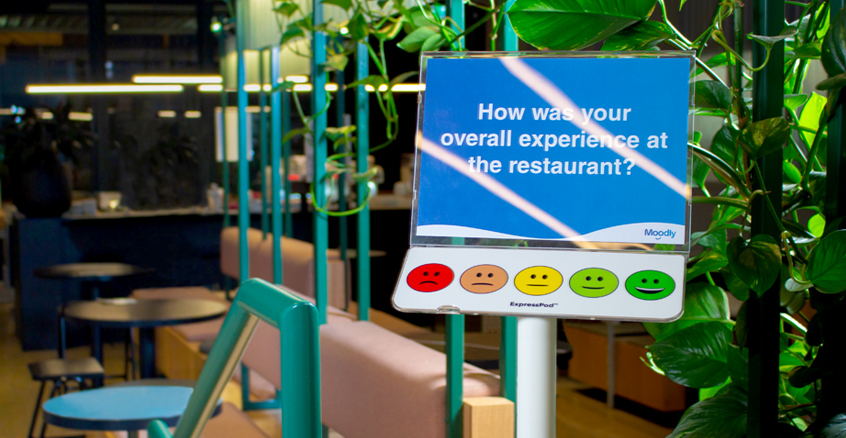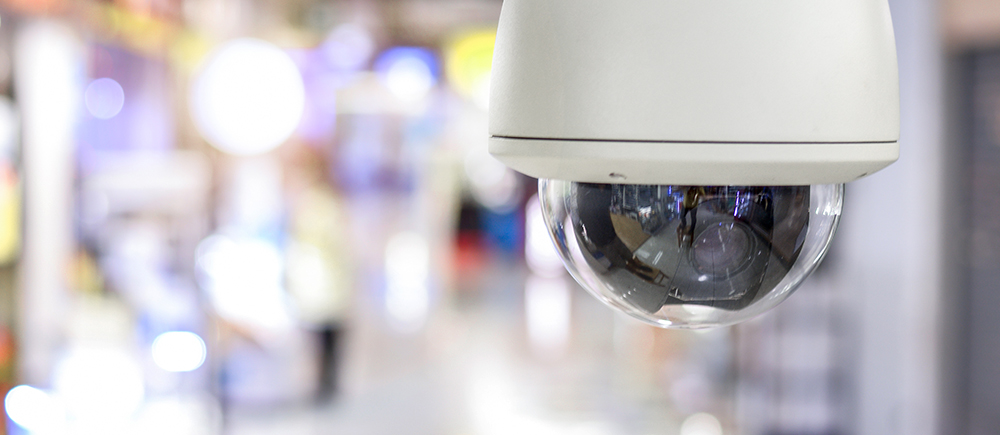The layered approach to loss prevention

At a time in retail when the bottom-line matters more than ever, loss prevention has taken on an all-new importance.
The reality is, preventing shrink in retail has always involved a multipronged approach that extends from protecting individual products all the way through to detailed insight into exactly what’s occurring in-store.
In other words, it’s layered, with each layer acting to minimise shrink and improve the bottom line.
So, let’s break it down and look at the layered approach to loss prevention which also guards the bottom line while improving the customer experience.
Layer 1 – Product protection
Shoplifting consistently accounts for the greatest volume of retail loss, and the best way to mitigate this theft is at a product-based level.
That’s where strategies like electronic article surveillance (EAS) and other strategies like lockable displays come in, as they protect individual items which are likely to be prone to theft.
Best tools for the job
- Electronic Article Surveillance – including antenna, security tags of sufficient strength, and the use of labels for a lower value, high volume products.
- Lockable displays – Including cabinets and drawers featuring smart locks that enable a staff member to open multiple cabinets with one programmable key, and can track which staff open what cabinets.
- OnePod Electronics and IoT device displays – Suited to mobile devices of all shapes and sizes, these displays allow customers to interact with products without compromising security.
- FittingRoom Guard – This system offers a specific antenna which monitors the fitting room and alerts staff when security tags are being tampered with.
Layer 2 – Display and layout

The physical layout and lighting of a store, along with how a retailer displays items plays a role in how successfully thieves can circumvent security and even how likely a retail outlet is to be targeted for theft.
Stores should be well-lit to eliminate dark, discreet places, have a line of sight from the POS across the floor, and be kept neat and tidy.
A tidy, organised retail outlet helps staff better monitor stock, while this line of sight from the POS helps them keep a watchful eye on the floor.
Best tools for the job
- Sufficient lighting – Audit your store for dimly lit areas that may be attractive to thieves and improve where necessary.
- Lockable cabinets, drawers, and displays – Lockable cabinets, drawers and displays help keep a store tidy while offering a welcome environment. Importantly they can provide a point of interest for customers.
Layer 3 – Staff and training
Solid hiring procedures and consistent staff training work to reduce both shoplifting and employee theft. All staff should be screened prior to induction and should then be trained consistently in what to watch out for when it comes to shoplifting.
Even simple customer service protocols like meeting and greeting customers have been shown to reduce instances of theft, while staff who are valued and respected are far less likely to steal from an employer.
Good training and procedure like inventory counting and stock reconciliation also help to reduce instances of administrative error while identifying any issues in the supply chain.

Best tools for the job
- Hiring procedure – Which includes reference checks of all new staff as well as a store induction.
- Ongoing training – A commitment to ongoing training allows staff to better understand what’s expected of them and keeps them up to date on the store’s policies, systems and procedures.
- Customer feedback – Seeking customer feedback helps identify when customer service is lacking, which can often be linked to a rise in theft.
Layer 4 – Surveillance

Surveillance, including CCTV and the appointment of loss prevention professionals, helps protect a retail outlet at a store-based level. This level of loss prevention deters would-be thieves from committing a crime and also helps identify shoplifting or theft that’s occurring.
Importantly, it can also be useful in identifying trends, including areas of a store which might be more prone to shoplifting and people acting suspiciously prior to a possible theft.
Best tools for the job
- CCTV – CCTV complements other strategies like EAS. It monitors the store both inside and outside hours, with the latest systems ensuring footage can be accessed anywhere, anytime.
Layer 5 – Analytics
Analytics like traffic counting, inventory management, staff rosters, and sales records paint a detailed picture of what’s going on within a store.
These can then be used to identify times when a theft is most likely to occur, products which most frequently go missing, or shifts when cash registers fall short or excessive returns are made.
This data is critical in determining where loss prevention strategies need to be tightened up within a store.
Then retailers can work back through the levels of loss prevention to further protect their store.
Best tools for the job
- RFID – RFID allows for up to the minute stock counting that assists with both supply chain and in-store stock accuracy.
- mPOS – mobile Point of Sale offers retailers a wealth of analytics in one simple place and this data can be accessed from anywhere.
- Traffic counting – People counting can be incorporated into your EAS system, ensuring retailers know exactly when a store is likely to be busy and when additional staff should be rostered on for better customer service, and also to reduce theft.
- Other analytics – Display systems like Insight or Access Manager from InVue allow retailers to track a series of analytics, including how often customers interact with displayed products and when staff open specific cabinets.
For further tips on improving your retail security, see here.